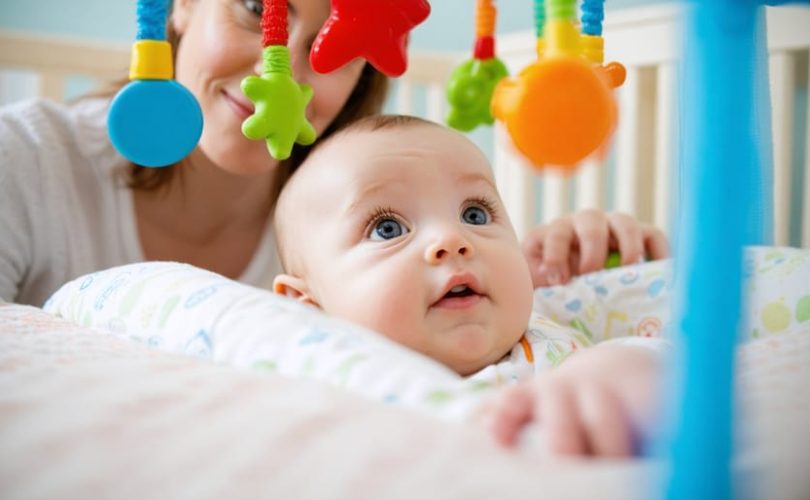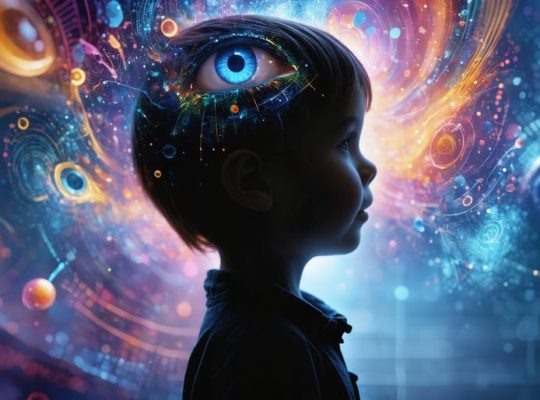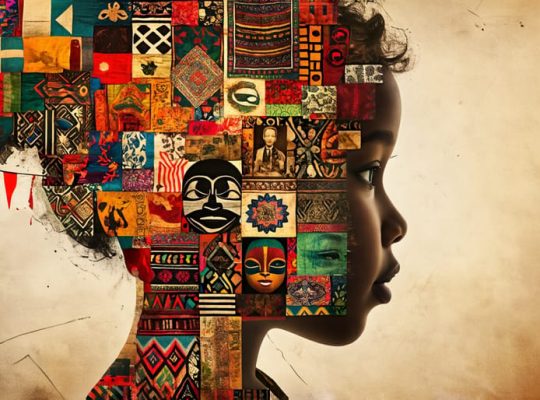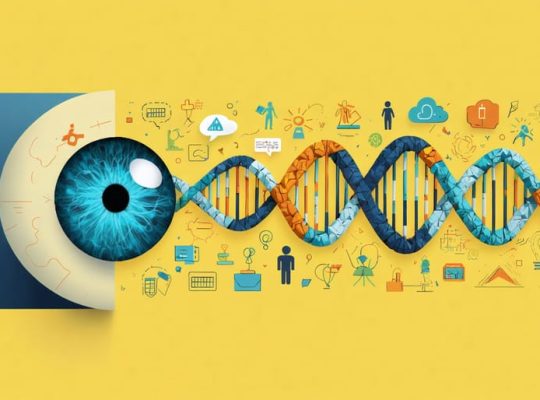Every time your baby’s eyes light up at a new sight, their brain is building crucial neural pathways that will shape their understanding of the world. From birth to 12 months, your infant’s journey through visual perception in children represents one of nature’s most remarkable developmental achievements.
Those first gummy smiles at your face, the focused tracking of a moving toy, and even the fascination with ceiling fans all signal important milestones in your baby’s visual development. While newborns begin life seeing only in black, white, and shades of gray, their visual world explodes with color, depth, and detail in the months that follow.
Understanding how your infant processes visual information isn’t just fascinating – it’s essential for supporting their healthy development. Recent research shows that early visual experiences play a fundamental role in everything from emotional bonding to cognitive development, setting the foundation for future learning and social interactions.
As parents and caregivers, we have the unique opportunity to nurture this critical period of growth through simple, everyday interactions that stimulate visual development. By understanding what your baby sees and how they process visual information, you can create an environment that supports their journey from basic light detection to complex visual understanding.
The Foundation of Visual Development
Birth to 3 Months: First Visual Connections
In those precious first months, your baby’s visual world gradually comes into focus. At birth, newborns can only see objects about 8-12 inches from their face – approximately the distance to a parent’s face during feeding. This limited range is perfectly designed by nature, allowing babies to bond with their caregivers through eye contact.
During these early weeks, babies show a fascinating preference for high-contrast patterns, especially black and white. They’re particularly drawn to human faces, especially the eyes and mouth area, which helps them develop crucial social connections. You might notice your little one studying your face intently during feeding or playtime – this is their way of learning and connecting with you.
By the end of the third month, your baby’s color vision improves significantly, and they begin tracking moving objects with greater accuracy. They’ll start following your movements across the room and may even flash their first social smiles in response to seeing familiar faces.
Dr. Sarah Chen, a pediatric vision specialist, notes: “These early visual experiences lay the foundation for social-emotional development and cognitive growth. Simple activities like making eye contact and showing high-contrast pictures can support healthy visual development during this crucial period.”
3 to 12 Months: Rapid Visual Learning
Between 3 and 12 months, your baby’s visual abilities develop at an incredible pace. During this exciting period, infants begin to recognize familiar faces from across the room and show increased interest in bright colors and complex patterns. By 4 months, most babies can follow moving objects smoothly with their eyes and accurately reach for items within their grasp.
Around 6 months, depth perception becomes more refined, allowing babies to judge distances better. They begin understanding that objects continue to exist even when partially hidden, a crucial milestone known as object permanence. Color vision also matures, with babies showing clear preferences for bold, contrasting hues.
Between 8 and 12 months, hand-eye coordination improves dramatically. Babies can spot tiny objects like breadcrumbs and attempt to pick them up using their thumb and forefinger. They also start recognizing familiar objects and people in photographs, showing their growing ability to transfer real-world recognition to two-dimensional images.
Parents can support this development by providing age-appropriate toys with different colors and textures, playing peek-a-boo games, and ensuring plenty of supervised exploration time. Remember, every baby develops at their own pace, but if you have concerns about your child’s visual development, don’t hesitate to consult your pediatrician.
Visual Stimuli and Emotional Development
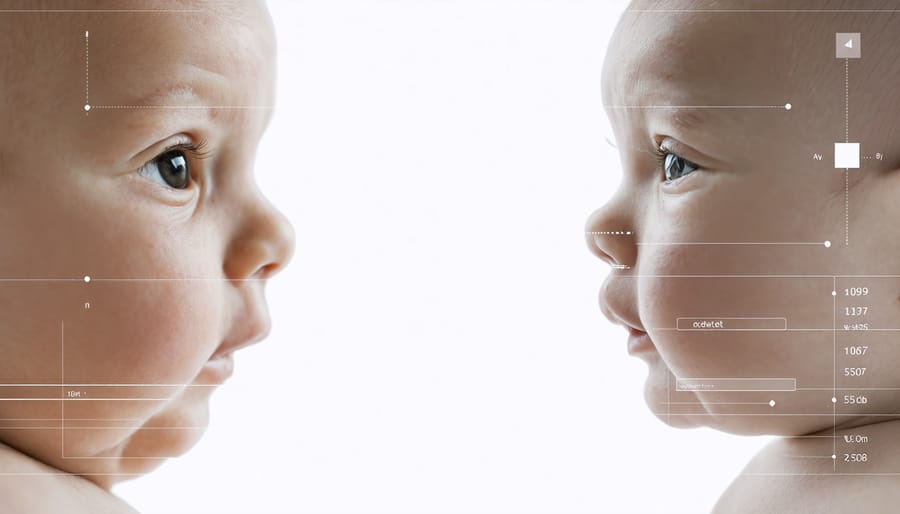
Face Recognition and Social Bonding
From the moment of birth, babies show a remarkable ability to recognize and prefer human faces over other visual stimuli. This innate capacity plays a crucial role in forming emotional bonds and developing social skills that will last a lifetime.
Research shows that newborns can distinguish their mother’s face from others within just hours after birth, primarily through high-contrast features like the hairline and outer contours. By 3 months, infants begin recognizing emotional expressions, responding with particular interest to smiling faces. This early facial recognition helps create secure attachment bonds between babies and their caregivers.
As Dr. Sarah Martinez, a child development specialist, explains, “When parents engage in face-to-face interactions with their babies, they’re not just sharing moments of joy – they’re literally helping to wire their child’s brain for social connection.”
Parents can support their baby’s social development through simple daily activities. Making eye contact during feeding times, playing peek-a-boo, and mimicking facial expressions are all powerful ways to strengthen the parent-child bond. These interactions not only feel natural and fun but also provide essential building blocks for emotional intelligence and social skills.
Remember that every baby develops at their own pace. While some infants may be highly responsive to faces early on, others might take more time to show clear reactions. What matters most is maintaining consistent, loving face-to-face interactions with your little one.
Color and Movement Effects
From the earliest days, infants are captivated by color and movement, which play a crucial role in their visual elements and mental well-being. Research shows that babies are particularly drawn to high-contrast colors, especially black and white, during their first few months. As their color vision develops, they begin showing preference for bright, primary colors that can influence their mood and behavior.
Movement catches babies’ attention and can have a calming or stimulating effect. Gentle, flowing movements tend to soothe infants, which is why many parents instinctively rock their babies. On the other hand, quick, unpredictable movements can excite and engage them, encouraging active attention and learning.
Dr. Sarah Chen, a pediatric development specialist, explains, “When babies track moving objects, they’re not just being entertained – they’re building crucial neural pathways that support visual processing and emotional regulation.”
Parents can use this knowledge to their advantage. Creating a visually engaging environment with appropriate colors and movement can help regulate your baby’s mood. For example, using softer colors and slower movements in the nursery can promote relaxation at bedtime, while incorporating bright colors and dynamic mobiles in play areas can stimulate learning and engagement during active times.
Remember that each baby responds differently to visual stimuli, so observe your child’s reactions and adjust their environment accordingly.
Creating a Visually Enriching Environment
Age-Appropriate Visual Activities
Supporting your baby’s visual development can be both fun and rewarding. Here’s a guide to age-appropriate activities that promote healthy visual perception:
0-3 months:
– Hold your face 8-12 inches from your baby’s eyes and make gentle expressions
– Use high-contrast objects like black and white patterns or cards
– Slowly move colorful toys horizontally across their field of vision
– Place a baby-safe mirror where they can see themselves during tummy time
3-6 months:
– Play peek-a-boo games to encourage visual tracking
– Hang mobiles with varied colors and shapes above their crib
– Roll soft balls nearby for them to follow
– Show picture books with simple, bold images
6-9 months:
– Hide partially covered toys for them to find
– Offer toys of different sizes and textures
– Play “where did it go?” games with favorite objects
– Create simple stacking activities with soft blocks
9-12 months:
– Encourage crawling toward favorite toys
– Practice pointing to and naming objects
– Roll balls back and forth
– Use shape sorters and large puzzles
Remember to watch your baby’s cues and stop if they show signs of tiredness or disinterest. Each baby develops at their own pace, so adjust activities based on their individual responses and interests.
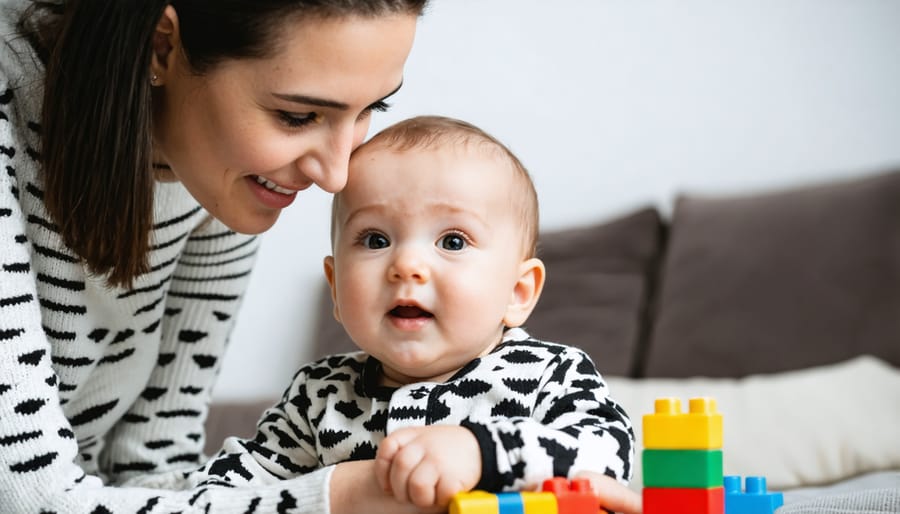
Warning Signs and When to Seek Help
While every baby develops at their own pace, certain signs may indicate potential vision concerns that warrant professional attention. If you notice your infant doesn’t make eye contact by 3 months, track moving objects by 4 months, or reach for nearby items by 5-6 months, consult your pediatrician.
Other warning signs include:
– Eyes that appear misaligned or cross frequently after 4 months
– Excessive tearing or eye discharge
– White pupil instead of the normal red reflection in photos
– Constant eye rubbing or sensitivity to light
– Not responding to familiar faces by 3-4 months
– Difficulty following objects with both eyes
Dr. Sarah Chen, pediatric ophthalmologist, emphasizes: “Early intervention is crucial for vision-related issues. Most conditions are treatable when caught early, leading to better outcomes for your child’s visual development.”
Remember that these signs don’t necessarily indicate a serious problem, but they deserve professional evaluation. Trust your parental instincts – if something seems unusual about your baby’s visual behavior, don’t hesitate to seek medical advice. Your pediatrician can perform initial screenings and refer you to specialists if needed.
Regular well-baby visits include vision checks, but don’t wait for scheduled appointments if you have concerns. Early detection and treatment can make a significant difference in your child’s visual development.
Digital Screen Time and Visual Health
In today’s digital age, parents often wonder about the impact of screen time on their infant’s developing vision and overall well-being. While screens have become increasingly present in our daily lives, research suggests that limiting exposure during the first years of life is crucial for healthy visual development.
Dr. Sarah Chen, a pediatric ophthalmologist, explains: “Infants’ eyes are still developing, and excessive screen exposure can potentially interfere with their natural visual learning process. The two-dimensional nature of screens doesn’t provide the depth perception and complex visual experiences that real-world interactions offer.”
The effects of digital media on infant vision can include temporary eye strain, delayed development of depth perception, and potential issues with focus and attention. The American Academy of Pediatrics recommends avoiding screen media other than video chatting for children younger than 18 months.
Instead of screen time, consider these eye-healthy alternatives:
– Face-to-face interactions with caregivers
– Exploring different textures and objects
– Outdoor time with natural light exposure
– Picture books with high-contrast images
– Interactive play with age-appropriate toys
Remember, every child’s development is unique, and it’s okay to have questions about screen use. If you’re concerned about your infant’s visual development, don’t hesitate to consult with your pediatrician. They can provide personalized guidance based on your child’s specific needs and circumstances.
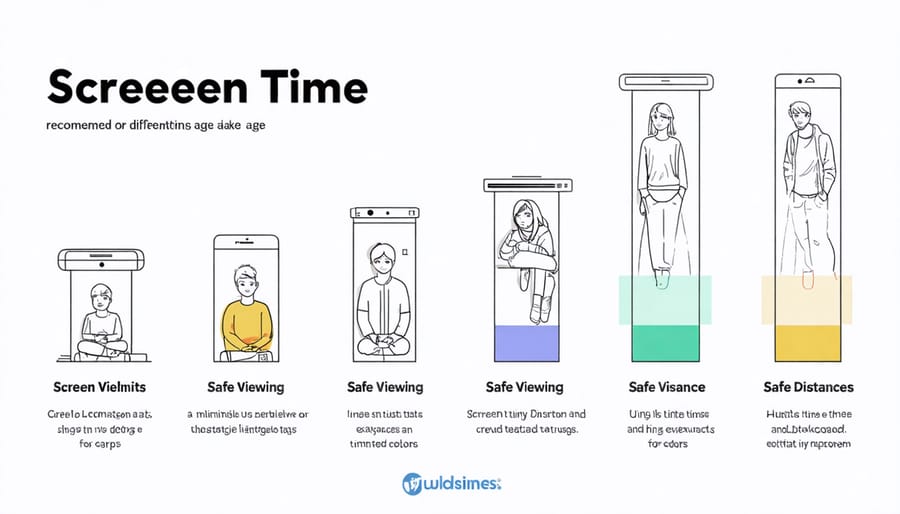
Understanding your baby’s visual development is a fascinating journey that begins from the moment they open their eyes. As we’ve explored throughout this article, infants go through remarkable changes in how they perceive and interact with the world around them. From distinguishing basic shapes and high-contrast patterns in their first weeks to developing depth perception and color recognition by six months, each milestone represents an important step in their cognitive development.
Remember that every child develops at their own pace, and what matters most is providing a supportive, stimulating environment for their growing visual abilities. Simple activities like making eye contact, playing peek-a-boo, and introducing age-appropriate toys can make a significant difference in your baby’s visual development.
If you ever have concerns about your infant’s visual development, don’t hesitate to discuss them with your pediatrician. They can provide personalized guidance and ensure your baby’s eyes are developing as they should. Trust your parental instincts while celebrating each small achievement in your baby’s visual journey – you’re doing a great job supporting their development and laying the foundation for their future learning and exploration.

